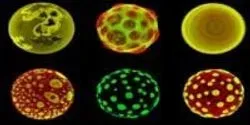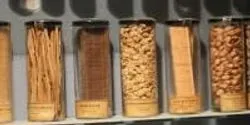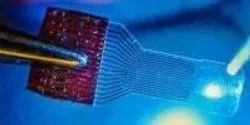Biological Sciences

In a first step toward future human therapies, researchers at The Saban Research Institute of Children’s Hospital Los Angeles have shown that esophageal tissue can be grown in vivo from both human and mouse cells. The study has been published online in the journal Tissue Engineering, Part A.

How did life originate? And can scientists create life? These questions not only occupy the minds of scientists interested in the origin of life, but also researchers working with technology of the future. If we can create artificial living systems, we may not only understand the origin of life - we can also revolutionize the future of technology.

Alcohol consumption isn’t the only thing a breath analysis can reveal. Scientists have been studying its possible use for diagnosing a wide range of conditions in humans — and now in the beloved bottlenose dolphin. In a report in the American Chemical Society (ACS) journal Analytical Chemistry, one team describes a new instrument that can analyze the metabolites in breath from dolphins, which have been dying in alarming numbers along the Atlantic coast this year.

University of Haifa researchers find a functional link between the brain region responsible for taste memory and the area responsible for encoding the time and place we experienced the taste.

















